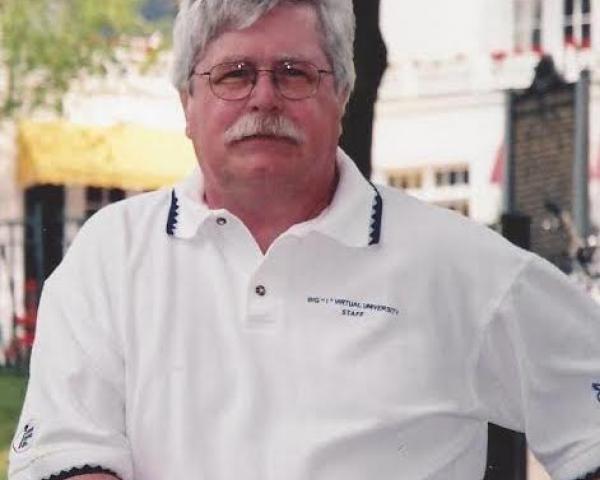I was perusing LinkedIn and came across this post from Emily Glanz, a commercial insurance adviser at Cottingham & Butler in Iowa:
"A few weeks ago, we had a death in our family. My husband’s 98-year-old grandpa passed away. We were sad, but we celebrated his long and happy life. Grandpa was a creature of habit and ate at KFC every day for the last 10 years until he passed away.
"One day after he passed, KFC in Dubuque, IA reached out to express their sadness. Taking it one step further, they updated their sign facing the busy street to pay tribute to Grandpa. Our family was so touched."
I’ve worked in a client-facing role since the age of 16. I like to think I understand the power of strong customer service, client empathy and the resulting loyalty that comes with that… BUT this is a shining example of creating loyalty. This is powerful customer-service. Kudos to you, KFC. And thank you.
What a wonderful story and a lesson for the insurance industry, especially agents.
Growth comes from acquiring business; profitability comes from retaining existing business.
See also: Latest Insights on Customer Behavior
Customer loyalty, and thus retention and profitability, isn’t driven by cheap prices, AI bots, big data or nifty phone apps. Loyalty springs as much (or more) from the heart as the mind.
One of the first blog posts I ever wrote 4½ years ago was about customer loyalty. I explained why I had been with the same insurance agency since 1973. Here is my story:








